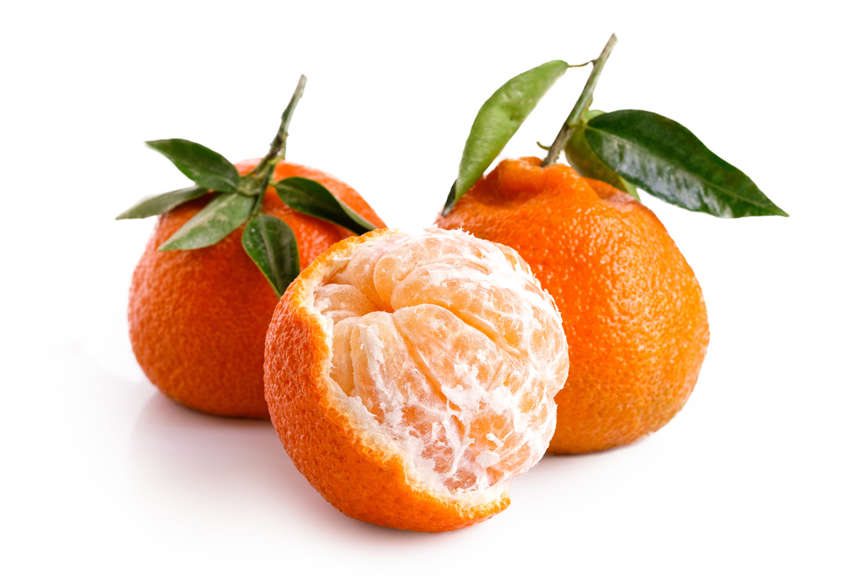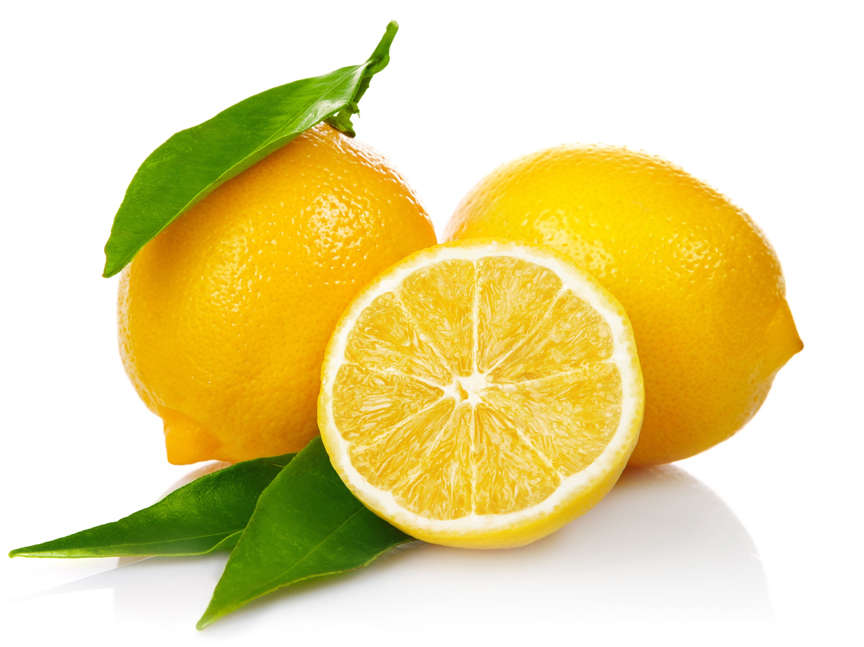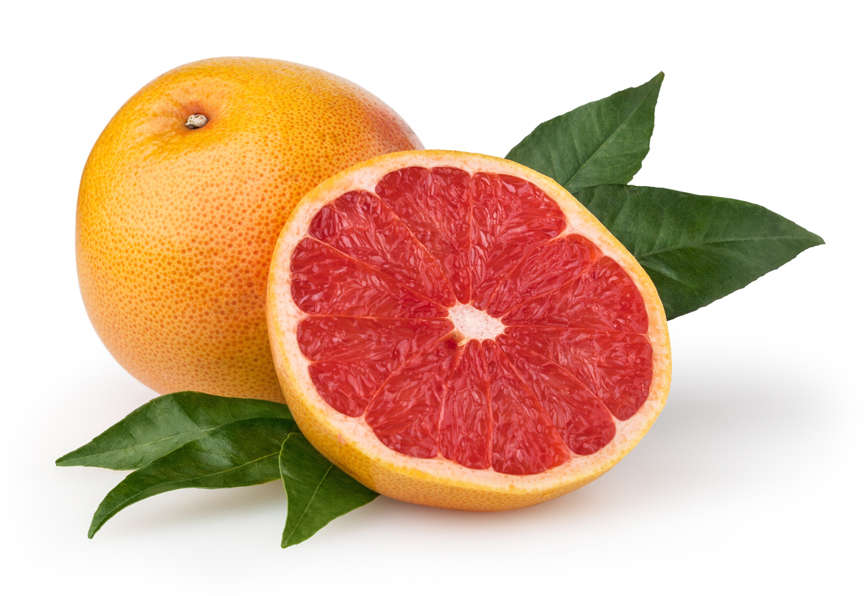
Tips For Growing Citrus
Make the Most of Your Citrus Crop
There is sweet satisfaction in growing your own fruit, experimenting with new varieties, and sharing with family and friends. Citrus are a great choice for the Sacramento region—easy to grow with light maintenance—and Green Acres Nursery & Supply offers many varieties including mandarins, oranges, lemons, limes, grapefruit, and more.
Read on for a few tips about growing and harvesting citrus, and stop by any of our nurseries to talk with one of our garden gurus to find the right variety for you.
Credit for much of the content in this blog goes to Four Winds Growers—our source for citrus because they've been growing fruit trees well since 1946.
Read on for a few tips about growing and harvesting citrus, and stop by any of our nurseries to talk with one of our garden gurus to find the right variety for you.
Credit for much of the content in this blog goes to Four Winds Growers—our source for citrus because they've been growing fruit trees well since 1946.
Planting Tips For Ground Or Container
For container planting, make sure there are plenty of drainage holes and use a light, well-draining soil mix. Upper roots should be just beneath the top of the soil level. Firm the soil around the rootball and water. Repotting with fresh soil mix every 1-3 years will provide fresh nutrients to the roots.
In Zones 9 and above, citrus can be grown in the ground. A sunny, frost and wind-free, southern exposure is best. Avoid planting in lawns that get frequent shallow watering. When planting in the ground, combine planting mix and soil from the hole. Plant the rootball high to allow for settling.
In Zones 9 and above, citrus can be grown in the ground. A sunny, frost and wind-free, southern exposure is best. Avoid planting in lawns that get frequent shallow watering. When planting in the ground, combine planting mix and soil from the hole. Plant the rootball high to allow for settling.
Watering
Citrus don’t like “wet feet”. Light soil that drains well will maintain adequate moisture without being soggy. Watering frequency varies with location, tree size and climate. A wilted tree means too little water. A tree with yellow leaves or folded leaves can indicate too much water.
Fertilizing
Since citrus trees are heavy nitrogen feeders, make sure there is more nitrogen than phosphorus or potassium. Also important are trace minerals like iron, zinc, manganese. Many all-purpose fertilizers include these and will work fine for this purpose. Yellowing leaves indicate lack of fertilizer or poor drainage. As a general guideline, we recommend fertilizing two times per year in March and September.
Pruning
Citrus may be pruned to any desired shape. Pruning is fine any time of year, except in the winter for trees that are outdoors. Citrus will look fuller with occasional pruning to shape leggy branches. Be sure to remove shoots that form below the graft to maintain the variety of fruit you've selected.
Frost Protection
If temperatures drop into the high 20s, Christmas lights and/or frost blankets can give some protection from freezing. Be sure the soil is moist before the cold snap hits. The additional water will fill plant cells for insulation and will help to keep the soil warm.
Pollination
Citrus are self-pollinating, even indoors.
Pest Control
Lady beetles, lacewings, and praying mantids are some of the beneficial insects you may see around citrus trees outdoors. Be sure to keep your tree free of ants with the help of bait stations or stakes. For other harmful pests like scales, aphids, or mites, you can use organic soaps or oils. With any treatment that you use, spray the underside of the leaves as well, and follow manufacturer’s recommendations.
Knowing When Fruit Is Ripe
The color of the citrus fruit is a sign, but not a promise, that it is ripe. In general, green citrus is not ripe (except for limes which can turn yellow as they become overripe). Most citrus is orange, although grapefruit will be pink or pale yellow, and lemons will be a darker yellow.
For some varieties, the looseness of the rind can also be a good sign that the fruit is ripe. The variety, a low or high spot in the yard, the amount of rainfall, the soil type—all factors that decide when your citrus is ripe. After a while, with experimental bites, you will learn when your tree has ripe fruit.
Harvesting
Knowing When Fruit Is Ripe
The color of the citrus fruit is a sign, but not a promise, that it is ripe. In general, green citrus is not ripe (except for limes which can turn yellow as they become overripe). Most citrus is orange, although grapefruit will be pink or pale yellow, and lemons will be a darker yellow.
For some varieties, the looseness of the rind can also be a good sign that the fruit is ripe. The variety, a low or high spot in the yard, the amount of rainfall, the soil type—all factors that decide when your citrus is ripe. After a while, with experimental bites, you will learn when your tree has ripe fruit.
Harvesting
Ripe citrus may stay on the tree for weeks at a time, but once it's time to harvest there are a few things to keep in mind.
- Always use clippers to remove the fruit from the tree. Citrus pulled from the tree can tear the rind, and also might tear tree bark.
- For a beautiful display in the house, cut a bit of the stem with a few leaves still attached to the citrus.
- Citrus stores well off the tree, and should not be refrigerated.
- If there is a freeze warning, harvest all the fruit to prevent it from spoiling or splitting.
- Clip fruit when it is ripe, rather than leaving on the tree. Fruit that is left to overripen will delay flowering for next season's bloom.



